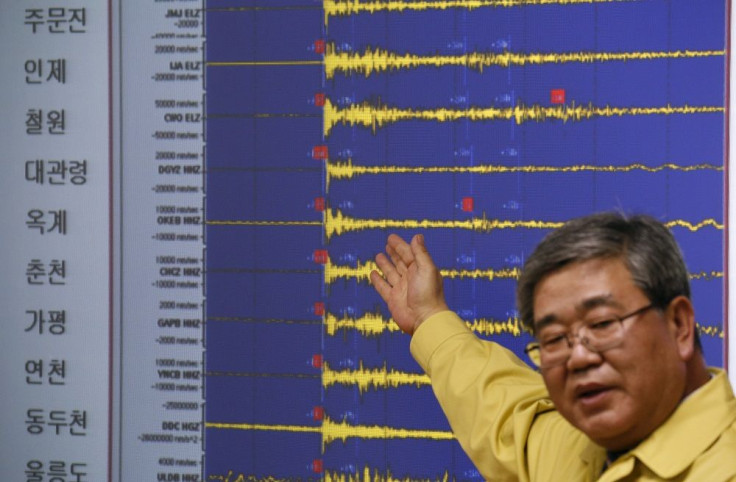Defence experts say Jan 6 hydrogen bomb test by Pyongyang is ‘no big deal’

North Korea’s roar on Wednesday that it tested a hydrogen bomb appears to be a “meow” in the eyes of defense experts. While the testing registered a preliminary magnitude of 5.1 earthquake with an epicenter east northeast of Sungjibaegam, defense experts say that Pyongyang exaggerated its claims.
This exaggeration was a pattern that Nokor did when it conduced nuclear tests in 2006, 2009 and 2013. The latest testing, though, was still condemned by the western powers and NATO.
The experts point out that energy, or the estimated yield, from the explosion was too small to be considered coming from a hydrogen bomb. They believe what the communist regime tested was a boosted-fission bomb.
The New York Times explains that such type of bomb “involves placing a tiny amount of tritium, a radioactive form of hydrogen, at the core of an atomic bomb.” Nevertheless, it is more destructive than a traditional nuclear weapon.
The explosive yield was equivalent to six kilotons of dynamite, estimates South Korea’s National Intelligence Service, according to Lee Cheol-woo, member of the intelligence committee of the South Korean National Assembly. He points out that the yield of the atomic bomb dropped in Hiroshima in 1945 was 15 kilotons of energy.
It is not only the energy that has been downsized, even the preliminary magnitude of 5.1 registered a lower 4.8 magnitude from the 4.9 to 5.2 range made by American, European Chinese agencies.
Lance Gatling, president of Nexial Research and a defence analyst, explains that “a boosted-fission device is not a significant technological advance.” He stresses the test was not a big deal, “technically speaking,” because although the test possibly achieved a 20 percent enhancement in yield and maybe a double-digit enhancement in efficiency, it is far from the level of technological sophistication of a true thermonuclear device, reports The Telegraph.
He adds that from Pyongyang’s point of view, it makes sense in terms of engineering and military position to carry out the test, but most of the impact is on North Koreans who are made to believe that the country, under the leadership of Kim Jong Un, has made a giant leap in the area of nuclear armament. The real test if Nokor has indeed progressed, Gatling continues, is if the devices could turn into warhead that could be loaded onto missiles.
As a result, the boosted-fission bomb tested fizzed out in the eyes of netizens who poked fun at the testing by posting memes of the event. But Victor Cha, a former adviser to the National Security Council, stresses that despite the absence of proof what was exploded was a hydrogen bomb, Pyongyang should still be taken seriously. He explains, “From a national security perspective, I don’t have the luxury of downplaying the North Koreans’ claims and would doubt the doubters.”
Phil Robertson, deputy director for Asia of Human Rights Watch, adds that Kim Jong-in may feel the nuclear test is a proper way to celebrate his birthday early, but he reminds the global community of the family’s hereditary dictatorship built on systematic brutalisation and abuse of North Koreans who are too busy applauding their leader to notice.





















